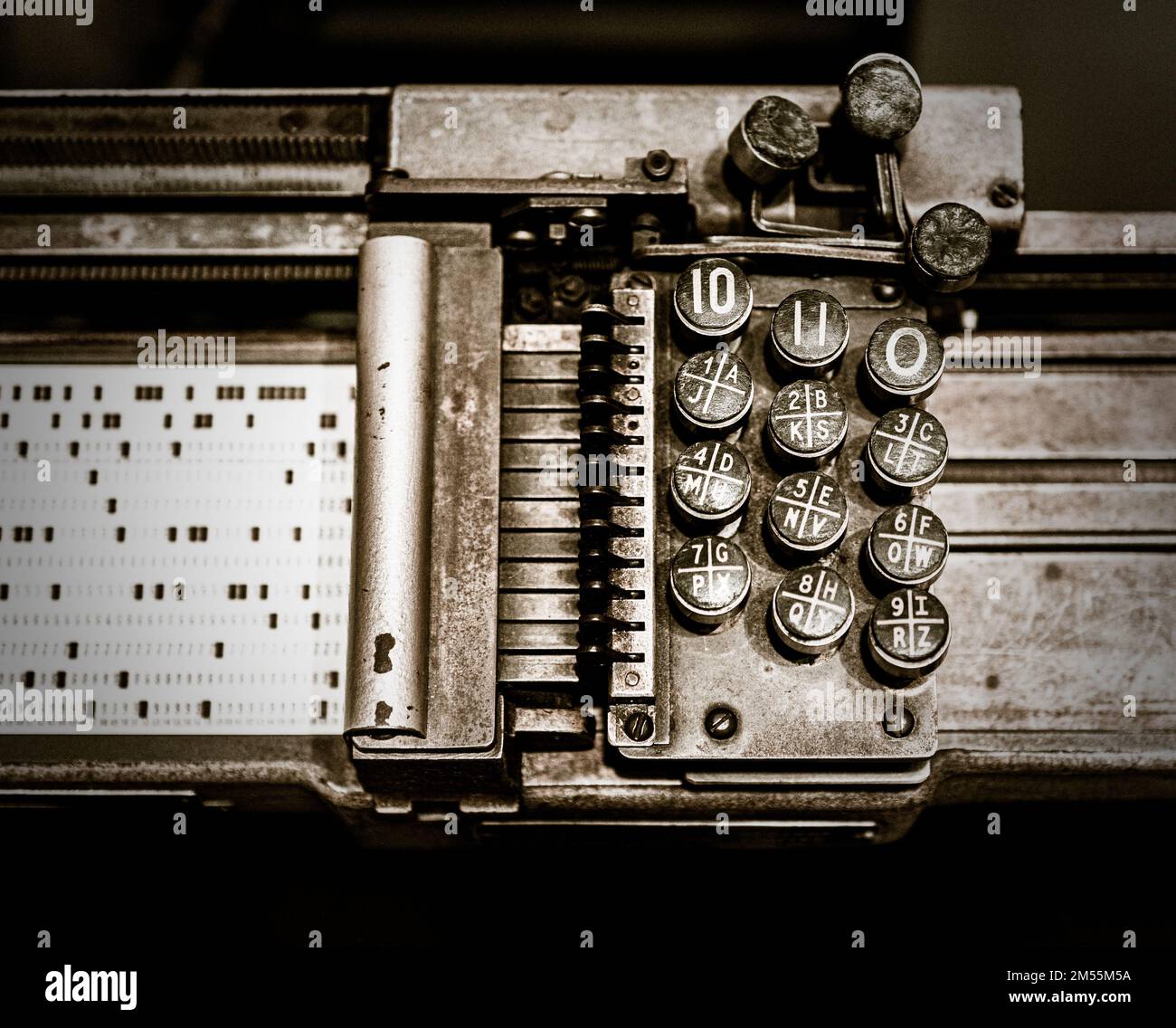Counting in the Industrial Age: Notable Counting Devices - JSS1 Computer Sudies Lesson Note
The Industrial Age marked a significant shift in human history, characterized by the mechanization of production and technological advancements. During this era, counting became even more crucial as industries expanded, and efficient management of resources and transactions became paramount. Notable counting devices emerged, reflecting the need for precision and speed in various industrial processes.
One notable counting device of the Industrial Age was the punch card machine. Developed in the late 19th century, punch card machines were widely used for tasks like data processing and tabulation. These machines employed cards with punched holes to represent data or numeric values. Particularly prominent in industries such as textiles and manufacturing, punch card machines allowed for efficient and accurate counting, streamlining complex operations and contributing to the growth of large-scale industrial enterprises.

Another significant counting device was the cash register, which revolutionized the way transactions were handled in businesses. Patented in the late 19th century, the cash register provided a systematic way to record sales and handle money. It featured mechanical counters that displayed the total amount of sales, making it easier for businesses to track transactions, manage finances, and prevent fraud. The widespread adoption of cash registers transformed the retail landscape, emphasizing the importance of accurate and accountable counting in commercial endeavors.
Additionally, the Industrial Age witnessed advancements in mechanical calculators. These devices, designed for complex arithmetic calculations, played a crucial role in industries requiring precise numerical computations. Mechanical calculators featured gears, levers, and counters, allowing workers to perform calculations more quickly and accurately than manual methods. This innovation not only enhanced efficiency in industrial processes but also paved the way for the development of electronic calculators in subsequent years.